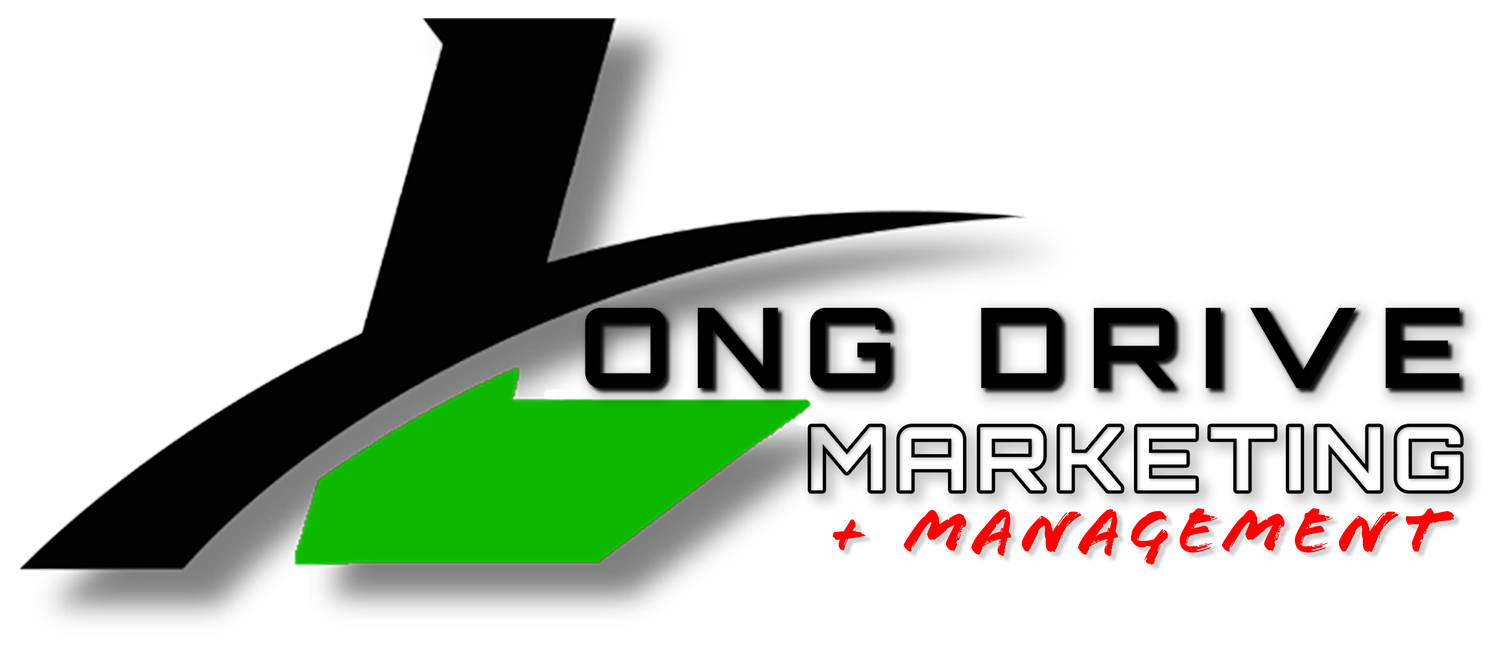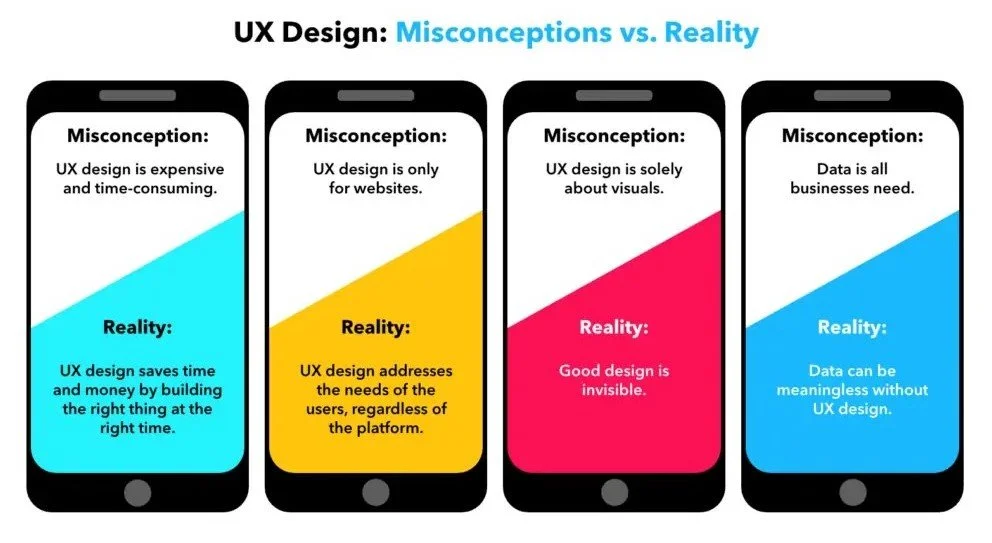Why Your Website Visitors Aren't Converting (And How to Fix It)
Your analytics tell a frustrating story. People are visiting your website—the traffic is there. But then... nothing. The phone doesn't ring, the contact form sits empty, and the sales notifications are silent. It feels like you've built a beautiful storefront on a busy street, but no one is coming inside to buy.
If this sounds familiar, you're not alone. It's one of the most common and maddening challenges businesses face. The hard truth is that a website isn't a digital brochure; it's a tool that should work for you 24/7. When it's not generating leads or sales, it's not just underperforming—it's costing you money.
The good news is that this is a fixable problem. The issue is rarely one thing, but rather a combination of small but critical disconnects between what your website says and what your potential customers need to see. Let's break down the most common reasons your visitors aren't converting and provide the actionable steps to fix them.
1. Your Value Proposition is Unclear
When a visitor lands on your homepage, a clock starts ticking. You have about five seconds to answer three critical questions:
What do you do?
Who do you do it for?
Why should I choose you over anyone else?
Visitors will hit the "back" button without a second thought if the answers aren't immediately obvious. Many businesses make the mistake of using vague, jargon-filled headlines like "Synergistic Business Solutions" or "Innovative Paradigm Shifts." This tells the visitor nothing.
How to Fix It: Craft a Powerful, Benefit-Driven Headline.
Your headline is the single most important piece of copy on your site. It must be crystal clear and focused on the visitor's desired outcome.
Be Specific: Instead of "Marketing Services," try "The Digital Marketing Agency That Drives Revenue, Not Just Rankings."
Define Your Audience: If you have a niche, declare it. "Content Marketing for B2B Tech Companies" is infinitely more powerful than a generic statement because it instantly tells the right visitor they're in the right place.
Focus on the Benefit: Your sub-headline should expand on the promise. For example: "We build sustainable, long-term growth strategies that turn your marketing investment into measurable profit."
Ready to Turn Your Traffic Into Revenue?
Let's find out what's holding your website back. We'll provide a free, no-obligation analysis and a clear roadmap to start improving your conversion rates.
Get My Free Proposal2. Your Website Lacks Trust Signals
In the digital world, trust is everything. A potential customer is taking a risk by considering your business. Your website's job is to make them feel confident and secure in their decision. An anonymous, faceless website that makes bold claims without any proof is a major red flag.
How to Fix It: Build an Arsenal of Social Proof.
You must provide undeniable evidence that you are credible and that you deliver on your promises. Leading agencies plaster their sites with proof because it works.[1]
Showcase Client Testimonials: Feature direct quotes from happy clients. Include their full name, title, and company. A photo or video testimonial is even more powerful, as it adds a layer of authenticity that is hard to fake.[1]
Display Data-Backed Case Studies: Don't just say you get results; prove it. Create detailed case studies that follow a simple narrative: Here was the client's problem, here is the solution we implemented, and here are the specific, quantifiable results (e.g., "+360% Increase in Online Leads," "+$1.2M in Attributed Revenue").
Feature Client Logos: A simple bar of logos from companies you've worked with is a fast, visual way to signal experience and credibility.
Integrate Third-Party Reviews: Display your ratings and review counts from trusted platforms like Google, Clutch, or Trustpilot. This "borrows" the credibility of these well-known sites.[1]
3. You're Asking for Too Much, Too Soon
Your primary call-to-action (CTA) is likely "Contact Us" or "Get a Free Proposal." While necessary, this is a high-friction request for a first-time visitor. It's the digital equivalent of asking someone to marry you on a first date. They don't know you or trust you yet, so asking for their time and project details is a huge leap.
How to Fix It: Offer Value First with a Lead Magnet.
Instead of going straight for the sale, offer a gift of your expertise in exchange for an email address. This is called a lead magnet, and it's a foundational part of modern lead generation.
Create a High-Value Resource: Develop a helpful checklist, a guide, an e-book, or a short video training that solves a small but significant problem for your target audience. Examples include "The 10-Point Website Conversion Checklist" or a "Free SEO Audit."
Use a Low-Friction CTA: Change your secondary CTA from a hard sell to a soft offer, like "Download Your Free Checklist."
Nurture the Relationship: Once you have their email, you can build trust over time by sending more valuable content, positioning yourself as the expert before you ever ask for the consultation.
4. The User Experience (UX) is Confusing or Slow
A visitor's frustration is directly tied to your bounce rate. If your site is slow to load, difficult to navigate, or looks broken on their mobile phone, they will leave and never return. A poor user experience signals a lack of care and professionalism.
How to Fix It: Prioritize Simplicity, Speed, and Clarity.
Your website's design should serve the user, not your ego. The goal is to make it effortless for them to find what they need.
Simplify Your Navigation: Your main menu should have no more than five to seven items. Use clear, simple labels like "Services," "Case Studies," and "About Us" instead of clever but confusing terms.
Optimize for Speed: Use tools like Google's PageSpeed Insights to test your site's load time. Slow-loading pages are a primary reason visitors abandon a site.
Ensure Mobile-Friendliness: The majority of web traffic is now mobile. Your website must be fully responsive and easy to use on a smartphone screen.
Use Clear CTAs on Every Page: Every page on your site should guide the visitor to the next logical step. Don't make them guess what to do next.
5. Your Messaging is About You, Not Them
Read your website copy out loud. Is it full of "we do," "we offer," and "our company"? This is a common mistake. Your visitors don't care about you; they care about their own problems. Your messaging must be relentlessly focused on the customer, their pain points, and their desired transformation.
How to Fix It: Shift Your Copy from "We" to "You."
Reframe every feature you offer as a direct benefit to the customer.
Instead of: "We provide advanced SEO services."
Try: "Get your business found by more local customers who are ready to buy."
Instead of: "Our websites are built with the latest technology."
Try: "You get a fast, secure, and reliable website that turns visitors into loyal customers."
This shift in perspective is subtle but profound. It shows the visitor that you understand their world and are focused on solving their problems, which is the fastest way to earn their trust and their business.
The Long Drive to Conversion
Turning more visitors into customers isn't about finding one magic bullet. It's about systematically removing friction and building trust at every step of the user journey. By clarifying your message, proving your worth, offering value upfront, and creating a seamless user experience, you can transform your website from a passive digital brochure into your most powerful, 24/7 sales representative.


